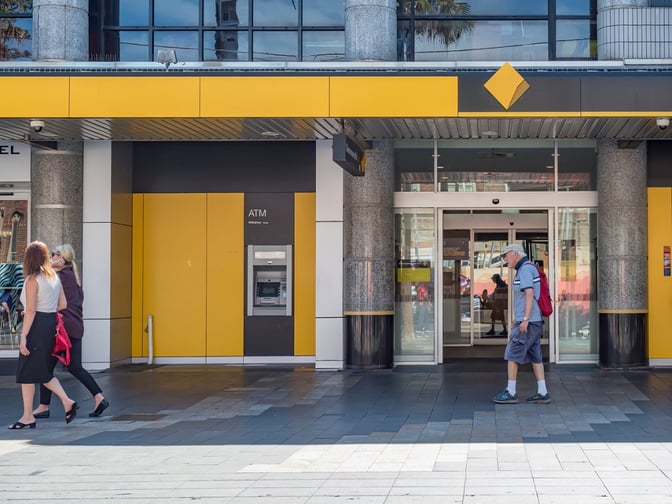

CBA have broken ranks with the bulk of the finance industry by becoming the first bank to raise interest rates since the price war began.
The Big Four bank upped their three-year fixed rate from 2.14% to 2.19% and their four-year fixed rate from 2.19% to 2.24%.
While these are relatively small changes on paper, they may represent a wider sea change in how rates are moving across the industry.
Banks are now beginning to hedge their bets on long-term interest rates, as we stand on the cusp of a new bond period beginning in the coming months.
Though the RBA is expected to keep the cash rate at minimum levels for the next three years, the increased price of bonds may see lenders up their rates independently of the Reserve.
When CBA lowered their two-year fixed rate back in March – the first time they had ever advertised a rate lower than the symbolic 2% threshold – they also upped their four-year rate, with a raft of other banks following their lead in the weeks that follow.
“As we approach the end of the financial year, the RBA and retail lenders need to assess where we stand in the post-Covid economy,” said Jay Ahluwalia, home loan specialist at YourMortgageBroker. “The continued positive economic outlook means that RBA has already revised its GDP figures from 3.5% to 4.75%.”
“From the retail banks’ view, if this raises inflation, the RBA could follow the US and raise rates earlier than anticipated. Combine that with risk-free current bonds maturing in 2024, lenders will be looking to mitigate that risk by increase the fixed term rates.”
“As mortgage professionals, it is our job to look at this data for our clients and see if they could be taking advantage of current low fixed rates. As a rule, we go through our database to see which client would benefit from the changes coming and what education or guidance we need to provide to our clients.”
